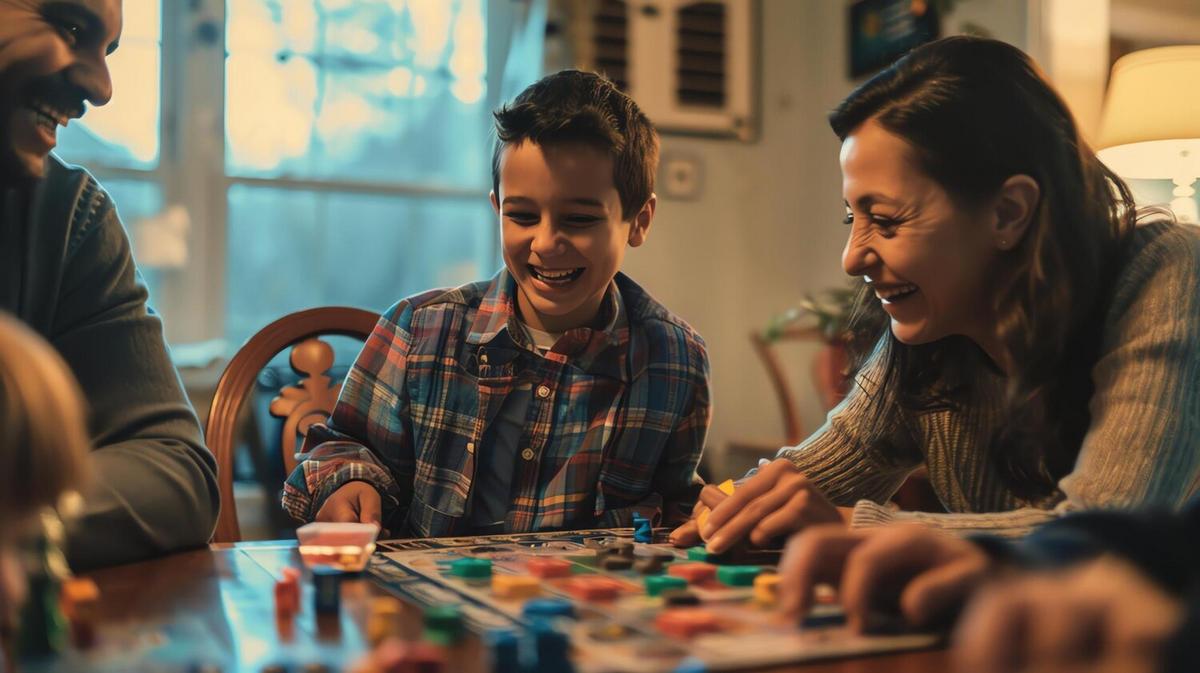Imagine a classroom where students are as engaged and motivated as when they’re playing their favorite video games. This is the promise of gamifying education, a strategy that applies game design principles to the learning environment.
Understanding Gamification in Education
Gamification in education involves integrating game mechanics into the classroom to enhance learning and engagement. This method taps into the natural desire for competition, achievement, and collaboration that games evoke.
Game Design Principles at Work
Some core game design principles used in education include point scoring, leaderboards, and badges. These elements provide immediate feedback, recognize achievements, and motivate students to progress further.
Expert Opinions
According to Dr. James Paul Gee, an expert in literacy studies, gamification can transform the classroom by making learning more interactive and enjoyable. He emphasizes that games encourage problem-solving and critical thinking, skills essential for academic success.
Research Insights
A study by the University of Colorado found that students participating in gamified learning environments scored 14% higher in skill-based assessments and 11% higher in factual knowledge assessments compared to traditional learning settings.
Bringing Gamification to Life: A Teacher’s Perspective
Consider a math teacher who introduced a “Math Quest” game to her classroom. Each student created an avatar and earned points by solving equations and completing challenges. This not only increased participation but also fostered a sense of community as students collaborated to unlock new levels.
Actionable Tips for Educators
- Start Small: Introduce simple elements like badges or points to gauge student response.
- Know Your Audience: Tailor the game mechanics to suit the interests and abilities of your students.
- Provide Feedback: Ensure that students receive immediate feedback to reinforce learning.
- Encourage Collaboration: Design activities that require teamwork and peer interaction.
Comparison Table: Traditional vs. Gamified Learning
| Aspect | Traditional Learning | Gamified Learning |
|---|---|---|
| Engagement | Passive | Interactive |
| Feedback | Delayed | Immediate |
| Motivation | External | Intrinsic |
| Collaboration | Limited | Encouraged |
| Assessment | Static | Dynamic |
| Learning Pace | Fixed | Flexible |
| Skills Developed | Theoretical | Practical |
| Goal Setting | Teacher-driven | Student-driven |
FAQs
What is gamification?
Gamification is the use of game design elements in non-game contexts to enhance user engagement and motivation.
How can gamification improve learning?
Gamification can increase student engagement, motivation, and retention of information by making learning more fun and interactive.
Are there any drawbacks to gamifying the classroom?
While gamification can be effective, it requires thoughtful implementation to ensure it complements the learning objectives and doesn’t become a distraction.
What tools can teachers use for gamification?
There are various digital platforms available that offer gamified learning tools, such as Classcraft and Kahoot!, which help in tracking progress and customizing experiences.
Conclusion
Gamifying the classroom can be a transformative experience that enhances student engagement and learning outcomes. By carefully integrating game design principles, educators can create dynamic and interactive learning environments that motivate students to excel. Whether you’re a teacher looking to innovate or a student eager for a more engaging classroom experience, gamification offers a path to enriched educational experiences.




Leave a Reply